“FMCG brands have to find their route to consumers through newspapers, which will work very well if used properly.”
While globally the advertising monies are shifting from print to digital, in India print has been witnessing growth year-on-year. Report after report reinforce the strength of print advertising in a market like India. Print gerners the second largest share of the advertising pie after television, attracting more advertisers than any other media, as per Madison’s advertising report for 2019.
FMCG brands have been claiming a sizeable chunk of the print advertising pie and is see as contributing to two-third of the ad expenditure in India this year, along with auto, retail, e-commerce, and tech/telecom, as per GroupM’s ‘This Year Next Year’ 2019.
The FMCG sector has consistently been one of the highest ad spenders in India, garnering a 27 per cent share of the total ad spends in 2017, as per Statista.
Sector Watch
Rajiv Dubey, General Manager, Dabur India Ltd, affirms that print advertising is extremely important to key FMCG companies like Dabur. Elaborating further, he said, “Print plays a pivotal role in geo-targeting at city and state levels and one can do ad-versioning. Print has several advantages like creating quick reach, high impact with big ads and creating frequency through small ads.”
Speaking on the key benefits of print advertising, Dubey noted that both FMCG brands and newspapers are in the repeat order business. “FMCG brands have to find their route to consumers through newspapers, which will work very well if used properly. For example, to create quick awareness and impact, one could take a front page ad or jacket and thereafter layer it with frequency ads on page 3/5 and go contextual with related news,” he explained.
“Innovation and native advertising help create a quick awareness and establishes the brand quickly,” Dubey said.
Dabur’s brands, especially those in the OTC, Health Care, Hair Care, Juices and Oral Care segments use newspapers regularly by taking the impact positions like Jackets, Front page, etc. For brands where frequency is needed, the company uses multiple versions of ads on page 3/5 over longer periods to build saliency.
Dubey further said that the key objectives behind using print medium were to reach out to the consumers, repeatedly at the lowest cost possible, and create a positive preference for Dabur’s brands over other brands.
According to him, one of the biggest advantages of the print medium is that anything written in black and white is always taken as gospel truth. “Imagine being in the same environment and leveraging the same for the brands! In the FMCG industry, my experience is that when any brand, which is of reasonable quality and consistency, is advertised well, magic happens.”
Media Expert’s Viewpoint
For marketers optimise geo-targeting through print media, print publishers have to evangelise it, says Shashi Sinha, CEO, IPG Mediabrands, India, adding that the print publishers have the maximum capability for geo-targeting because they understand it the best. When it comes to specialised offers, Sinha said that his agency has been selling to a lot more of its clients.
According to Sinha, what is hampering a greater adoption of print advertising is that the decision making on print rests with the junior levels. So, while they understand what print can do for their brands, they are not able to fully seize the situation and create offers around it.
“The larger point that I’m making for any media is that wherever seniors are involved from the marketing side things are different. For example, in Amul’s case the top management is involved. They understand the medium, they have a clear perspective and they do things differently. I believe the opportunity has always existed; not that it is changing. It is just that some marketers are able to seize the opportunity and some are not.”
What are your thoughts on Print as we are heading in an era of Machine Learning and programmatic?
“First and foremost, you must understand that Print is very large. While English Print will get affected one way or the other in an era of Machine Learning and programmatic, Regional Print will be different. It is an underleveraged market,” Sinha affirmed.
Speaking strongly for print, he pointed out that print continues to be the maximum source of credibility. “People don’t trust what is put on social media, because you don’t know what is correct and what is fake,” he noted. Sinha observed, “I think where young India is coming up, especially in the small towns of UP, Bihar, West Bengal, etc., there is a strong desire to grow and aspire in those markets. There is a great opportunity for the Print guys to exploit it.”
Continuing further, he said, “The entire thing is advertiser driven.”
In the coming months, cricket will dominate television. While for Print, there will a lot of ad monies coming in for the Lok Sabha Elections 2019. According to Sinha, UP, MP and Bihar will see the maximum traction.
However, he also cautioned that “In a way, it is not a good thing. With the extraordinary money coming in, you feel happy for one year. What I see is that people perform under pressure. Right now there is a lot of complacency because Print prices are coming down. People get all chilled out and again next year they start chanting. In a way, pressure prices will heat up.”
Print can play a major role in creating trust and showcasing the brand. A case in point is Dainik Jagran’s print initiative where it created an advertising context for incense stick brand ITC Mangaldeep. As part of the print campaign, Jagran developed a unique context created for advertising, provided a clutter-free environment for the brand, and helped establish credibility for the brand.



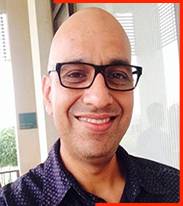
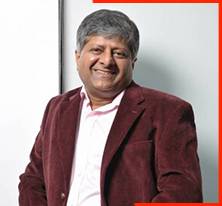


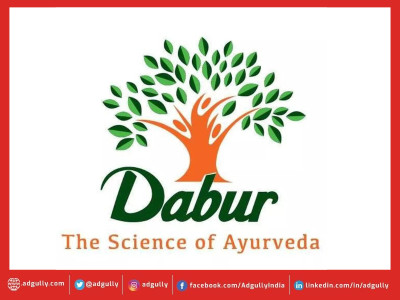


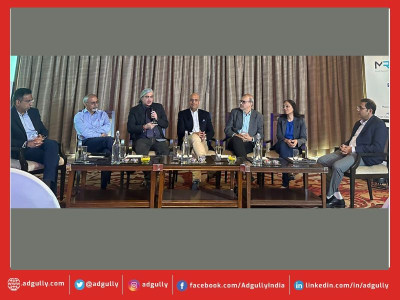
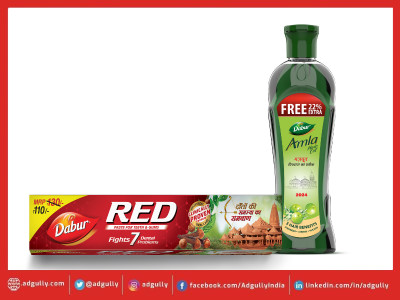





Share
Facebook
YouTube
Tweet
Twitter
LinkedIn